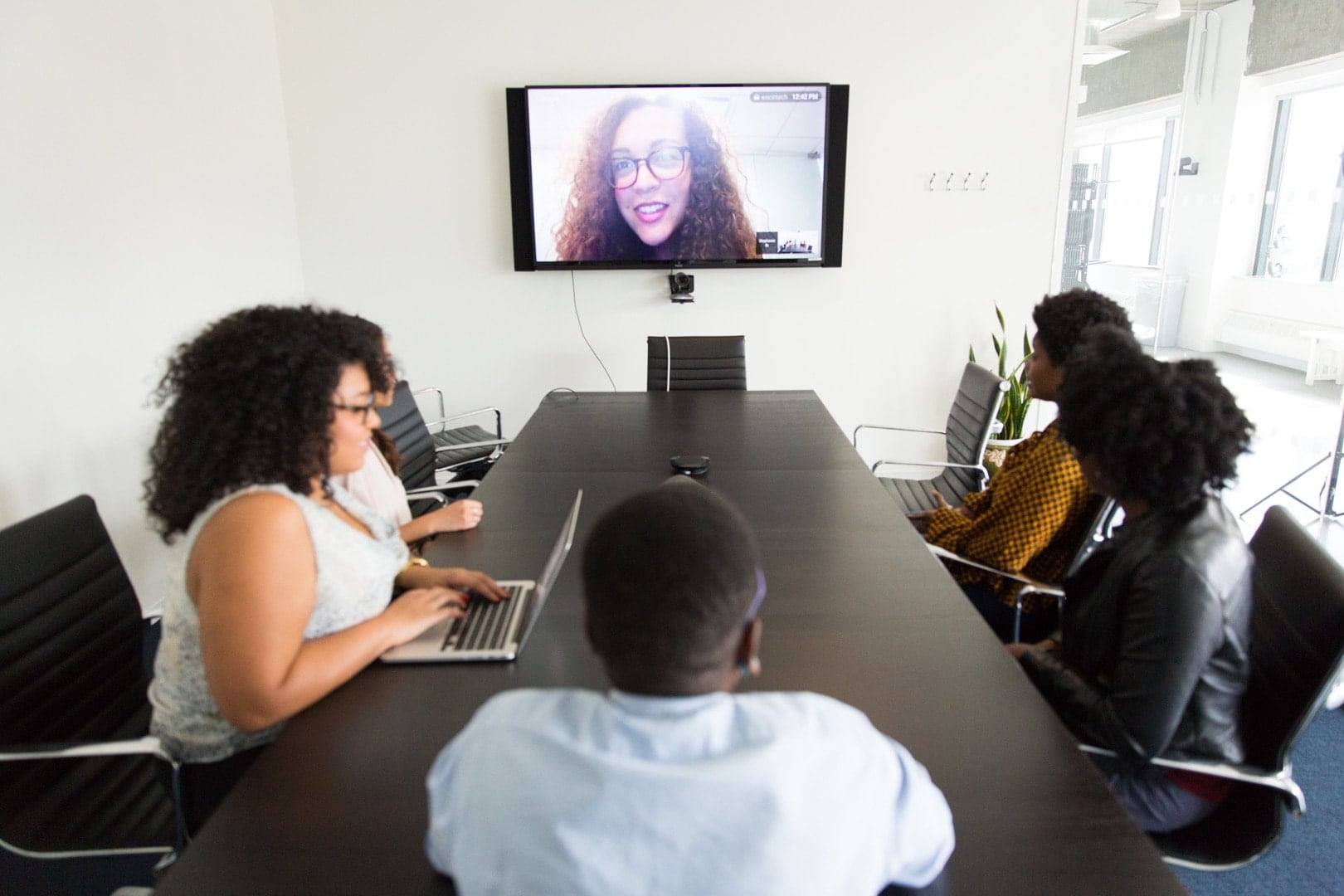Have you been underestimating the value of teacher feedback? Whether you are in a physical or remote classroom, providing students with feedback is vital to the improvement of their performance. Giving feedback in a remote classroom doesn’t have to be challenging. With a tool like Karma, as part of the Microsoft Teams suite, teacher feedback can be distributed seamlessly.
In this article, we are going to be taking a closer look at the value of teacher feedback in a remote classroom. As a teacher, how can you share your feedback with students in a way that is both highly efficient and effective?
At Karma, we realised that teachers needed a scalable solution for providing feedback and offering positive reinforcement in the classroom. Karma enables teachers to easily deliver student feedback and build a positive virtual learning environment through a reward system.
What is a remote classroom?
A remote classroom is a virtual learning environment for students to access key educational resources, such as lesson plans, worksheets, revision guides, and exam papers. When teachers and students are not in a physical classroom, a remote classroom is treated as a centralized hub, containing everything students need to successfully learn, revise, and complete tasks.
In many cases, remote classrooms will also come with cloud storage facilities, allowing both students and teachers to share files with each other. Remote classrooms are also seen as a safe environment to facilitate student-teacher communication. If a student has a question about a particular piece of work, they can message the teacher about it.

The COVID-19 pandemic has drastically increased the adoption of remote classrooms across the globe. More than 1.2 billion children in 186 countries were affected by school closure due to the pandemic. This resulted in many teachers having to adapt their practices to suit a virtual environment. For many years, schools have been exploring the potential of remote classrooms for activities such as homework and revision.
The overall market for online education is expected to reach $350 billion by 2025. This estimate includes a broad range of educational technologies, including online learning software and video conferencing tools. Schools and larger consortiums are starting to embrace this technology in a way that they perhaps wouldn’t have before the pandemic.
How do you set up a remote classroom?
Setting up a remote classroom is very easy. The challenging part is introducing this new learning resource to your students. In any class, there are always students who resist change. Adding Karma to Microsoft Teams can potentially make remote learning more appealing to students.
Our fully customisable reward system will encourage your students to perform through positive reinforcement inside of the remote classroom. Students can earn points every time they complete a task on time. Students love to play games and this is the perfect way to gamify learning in a remote classroom.
Learning needs to be fun and Karma can make this possible. For some students, the idea of achieving good grades is not an attractive enough goal to work towards. When this is the case, you need to give your students macro-goals that are more short term, such as winning cinema tickets to go and see the latest action-thriller flick. We believe that the gamification of the remote classroom environment is essential to driving improved student performance.
What is teacher feedback?

Teacher feedback is all about pointing students in the right direction and guiding them closer to success, whilst still promoting independent learning. Providing feedback is an effective way of engaging students in the learning process. It should make students feel as though you are supporting them in their learning. There is a balance that you need to strike between encouraging independence and driving performance.
You want your students to become independent learners. However, at the same time, you cannot push this to the point where students are becoming disengaged with their learning through a lack of direction and guidance. A remote classroom does not diminish the importance of the teacher, it only reinforces it. The teacher is the leader. They support students when they are falling behind, offering guidance and direction when they need it the most.
Teacher feedback can come in many different forms. In a physical classroom, it is likely to consist of verbal and written communication. Whereas, in a remote classroom, any feedback that a teacher offers is predominantly going to be through written communication. Video conference calls may be used on occasion to offer verbal feedback.
Why is teacher feedback important?
The answer to this question is consistent communication. You need to provide students with feedback when they complete a piece of work. This shows the students that you recognize their efforts and you have taken the time to look through their work. A remote classroom builds a sense of community, where students support each other as they try to gain more Karma points.
Can teacher feedback improve student performance?

In 2002, a university research study found that effective feedback during the first year of a university course can aid the transition to higher education and support student retention. If we think about this through the lens of virtual learning, feedback can help to encourage students to show up in the remote classroom environment, creating those behavioral habits that support retention. As long as students actively engage with feedback, it enhances and improves learning and performance.
With Karma, student feedback can be delivered in a timely manner. This is important because you want to try and avoid prolonged gaps in communication with your students because this can lead to disengagement. Using our tool, you can display a point-scoring leaderboard in Microsoft Teams. This gives students the opportunity to see how they are performing in relation to their peers.
This will unleash a level of competitiveness among the students and make them want to login to the remote classroom on a frequent basis to see the current state of the leaderboard. When you add prizes and rewards into the mix, this can further incentivise performance. Leaderboards can be reset on a monthly basis, giving students the chance to start competing and earn rewards for their positive behaviour.
If you want to create a high-performing remote classroom environment, install Karma to Microsoft Teams today!


 What Is Workplace Diversity And Why Is It Important?
What Is Workplace Diversity And Why Is It Important?